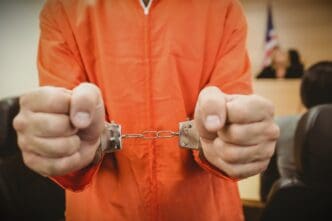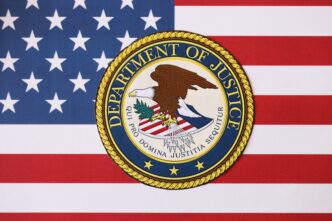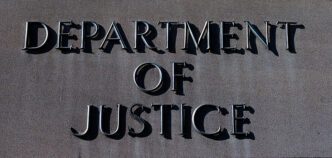A tragic helicopter crash occurred on Thursday in the Hudson River near Manhattan, resulting in the deaths of six individuals, including three children and the pilot. The helicopter, a Bell 206, was transporting a Spanish family visiting New York City. The incident took place near the New Jersey shore under circumstances that remain under investigation.
The aircraft had departed from downtown Manhattan that afternoon, following a popular tourist flight path. However, the pilot appeared to lose control, leading to the crash. Emergency responders swiftly arrived at the location with boats, but unfortunately, all passengers perished. Video footage circulating online depicted the helicopter’s steep descent into the river, sparking theories that the aircraft might have disintegrated while airborne. Federal aviation officials have initiated an investigation into the incident.
President Donald Trump commented on the accident via his Truth Social platform, describing the footage as “horrendous” and indicating that official announcements regarding the crash specifics would be forthcoming.
Helicopters frequently navigate New York’s skies, serving both tourists and business travelers. The city has seen ongoing discussions about the safety and noise concerns associated with these flights, especially in light of previous accidents. Notably, in May 2019, another helicopter crash-landed in the Hudson River, and a separate incident involved a helicopter striking a high-rise building rooftop before catching fire.
Emergency teams, including NYFD divers, continued searching the Hudson River from the New York City waterfront for the wreckage of the sightseeing helicopter, which reportedly broke apart midair before its plunge. The National Transportation Safety Board (NTSB) is en route to examine the crash site.
The Human Angle Explored
The recent helicopter crash highlights ongoing safety concerns surrounding aerial tourism in bustling urban environments like New York City. For residents and visitors, the incident underscores the inherent risks associated with helicopter tours, which are popular yet controversial for their noise and safety implications.
The tragedy may prompt renewed scrutiny and regulatory discussions aimed at enhancing the safety protocols for tourist flights. This could lead to stricter measures being implemented, potentially affecting the operational landscape for companies offering such experiences. Additionally, the emotional impact on the local community and the families of the victims serves as a somber reminder of the unpredictable nature of such activities.
As investigations proceed, the findings could influence future aviation policies and the public’s perception of aerial tours, balancing the allure of city views from above with safety priorities. This incident may well serve as a pivotal moment in the ongoing conversation about the place of helicopter tourism in urban settings.






